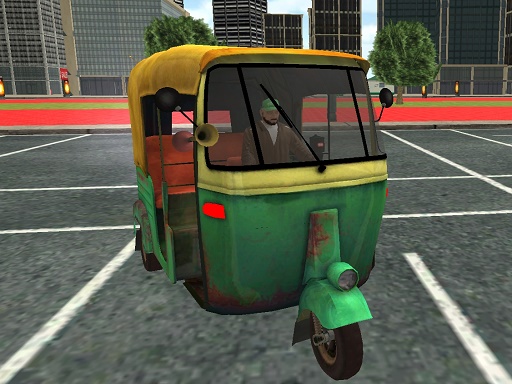
TukTuk Rickshaw City Driving Sim
The Thrill and Responsibility of Driving
Driving is more than just a means of transportation—it’s a skill, an experience, and a responsibility that shapes daily life for millions of people worldwide. Whether navigating city streets, cruising down highways, or maneuvering through rural roads, driving connects people to their destinations while requiring focus, discipline, and awareness.
The Freedom of the Open Road
For many, driving symbolizes freedom and independence. It allows individuals to travel at their own pace, explore new places, and take control of their schedules. Long drives can be therapeutic, offering moments of solitude and reflection, while road trips create opportunities for adventure and discovery. The ability to hop into a vehicle and go wherever the road leads is a privilege that many cherish.
Mastering the Skill of Driving
Becoming a proficient driver takes practice and patience. From learning basic maneuvers like steering and braking to mastering advanced techniques such as parallel parking and defensive driving, the process demands dedication. Understanding traffic laws, road signs, and right-of-way rules ensures safe and efficient travel. New drivers must also develop situational awareness to anticipate hazards and react appropriately, whether dealing with sudden stops, adverse weather, or unpredictable pedestrians.
Safety as a Priority
Safe driving is a shared responsibility. Distractions like mobile phones, loud music, or fatigue can impair judgment and reaction times, leading to accidents. Defensive driving—staying alert, maintaining a safe following distance, and obeying speed limits—helps prevent collisions. Seat belts, airbags, and advanced vehicle safety systems further protect drivers and passengers, but the human element remains the most critical factor in road safety.
The Evolution of Driving Technology
Modern vehicles are equipped with innovations that enhance both convenience and security. Features like adaptive cruise control, lane-keeping assist, and automatic emergency braking reduce driver workload while improving safety. Electric and hybrid vehicles are changing the landscape of transportation, offering eco-friendly alternatives to traditional combustion engines. Meanwhile, the rise of autonomous driving technology hints at a future where cars may navigate roads with minimal human intervention.
The Environmental Impact
Driving has a significant environmental footprint, with gasoline and diesel vehicles contributing to air pollution and greenhouse gas emissions. Carpooling, using public transportation, or switching to electric vehicles can help reduce this impact. Efficient driving habits, such as smooth acceleration and proper tire maintenance, also contribute to fuel economy and lower emissions.
The Social Aspect of Driving
Cars facilitate social connections, enabling people to visit friends, attend events, or commute to work. Ride-sharing and carpooling foster community while reducing traffic congestion. Driving also plays a crucial role in industries like logistics, emergency services, and public transportation, keeping economies moving.
Conclusion
Driving is a dynamic blend of freedom, responsibility, and technological progress. While it offers unparalleled convenience and enjoyment, it also demands respect for safety, laws, and environmental considerations. Whether behind the wheel of a compact car, a rugged SUV, or a futuristic electric vehicle, drivers hold the key to making every journey both enjoyable and secure. The road ahead is shaped by how we navigate it—responsibly, skillfully, and with awareness of the world around us.